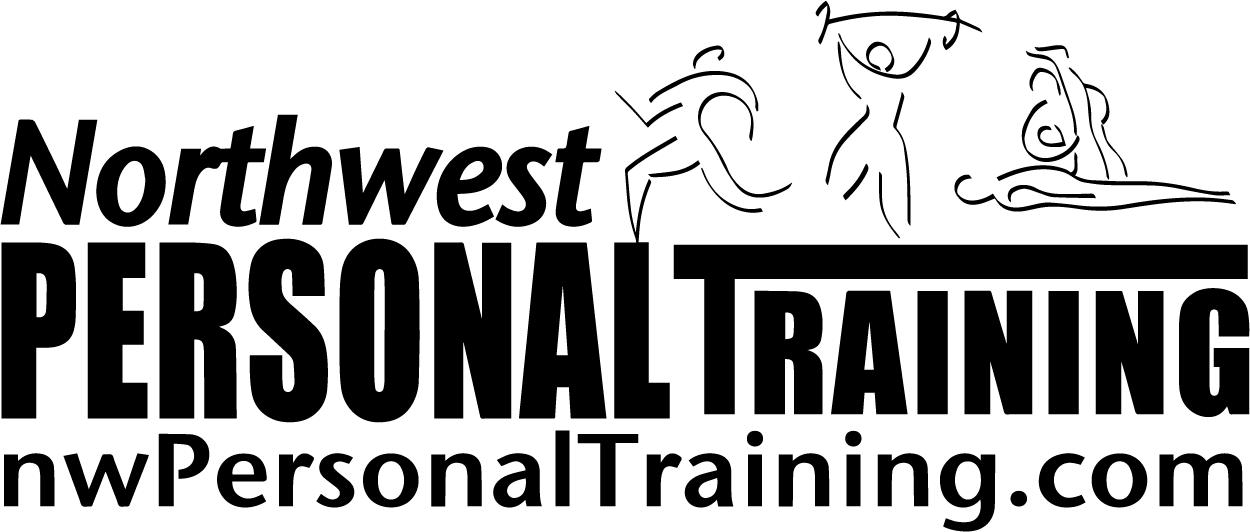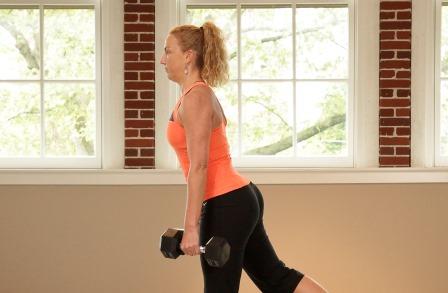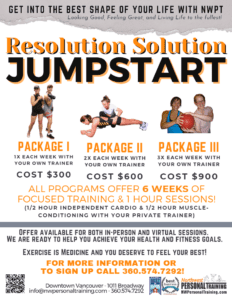When it comes to resistance training, technique is king. It’s important to stress quality in your movements versus quantity so it’s helpful to have a basic understanding of mechanics to assure you are getting the most out of our workouts. Reps performed with poor technique will get you nowhere!
Resistance Training Techniques
 Alignment
Alignment
Before you start any movement, assure that your core is active and ready to brace your spine to assure you don’t have excessive movement in your low back. Assure that your joints are stacked appropriately for the movement and that your posture is perfect, and your spine is long and stable before you initiate the exercise.
Speed
Before you perform any movements at a high speed, be sure that you can perform those movements slow, controlled, pain-free and with effective technique first. Minimize momentum by lifting the weight for 2 seconds and lowering the weight for 4 seconds. Add speed as you progress.
Don’t forget to sign up under “Weekly Fitness Tips” to automatically receive my latest blog post in your inbox!
Excessive Load
You’ll know you’re lifting too heavy if you can’t maintain proper form and secondary muscles are kicking in to help lift the load. Sometimes you have to ‘step backwards’ by lowering the resistance in order to assure you are activating the correct muscles and stimulating them enough to produce results.
Repetitions
Most adults would benefit from a repetition zone of 8-12 reps, which would provide benefits to muscle strength and endurance. Typically, if you can’t perform 8 reps, the weight is too heavy for you. If you can perform 12 reps with solid technique, increase the resistance by 5%. Start with one set of a variety of different exercises and build to three sets. The ideal goal would be to strive for 10 sets per area per week.
Analyze Your Body
What are your strengths, weaknesses and imbalances?
Before we design any program for a client, we perform a thorough fitness and postural assessment. Analyzing areas that are very weak and need to be strengthened, and areas that are really tight, overworked and need to be stretched is critical to creating a program that is going to optimize results and minimize injury.
For example, you may sit hunched at a desk and computer all day that is causing a forward, slouched posture. This would indicate that you would need to perform exercises and stretches that will pull your shoulder blades back and down, elongate your spine, keep your head back in neutral position and your shoulders positioned in the correct anatomical alignment.
A lot of people perform exercises in the weight room that are inappropriate for their body and are only compounding any existing imbalances and deviations.
Decide how you’re going to allocate your training time. For example, you may decide that you need to spend most of your time strengthening your back, core and hamstrings in comparison to other body parts. You may decide to do 4 exercises for your back and only one exercise for your chest, or spend only 15 minutes on your upper body, but 30 minutes on your hips, legs and core.
Start Basic
It is important to progress from exercises that require the least amount of coordination and balance to exercises that maximally challenge these skills. This means that in the beginning, very basic exercises will do the trick. As you improve and master the technique of these exercises, then you should advance the program by incorporating more challenging exercises and training tools.
Follow a Well-Balanced Program
Generally, you’ll want to perform a few compound leg exercises like squats, lunges, presses and step ups and a few isolative exercises for the hamstrings, quads, and hip areas. You’ll want to perform 3-5 different pulling exercises for the back like chin ups, rows, lat pulldowns, and reverse flies. Strive for 1-3 pressing exercises such as chest presses, pushups and overhead presses. You can add in isolative exercises for the arms like bicep curls and tricep extensions if you desire. Round off your program by including some core conditioning exercises like planks, dead bugs and torso rotations.
Bottom line, strength training is very important for your overall health so take the time to make sure you are doing it correctly.
Yours Health & Fitness,
Sherri McMillan


